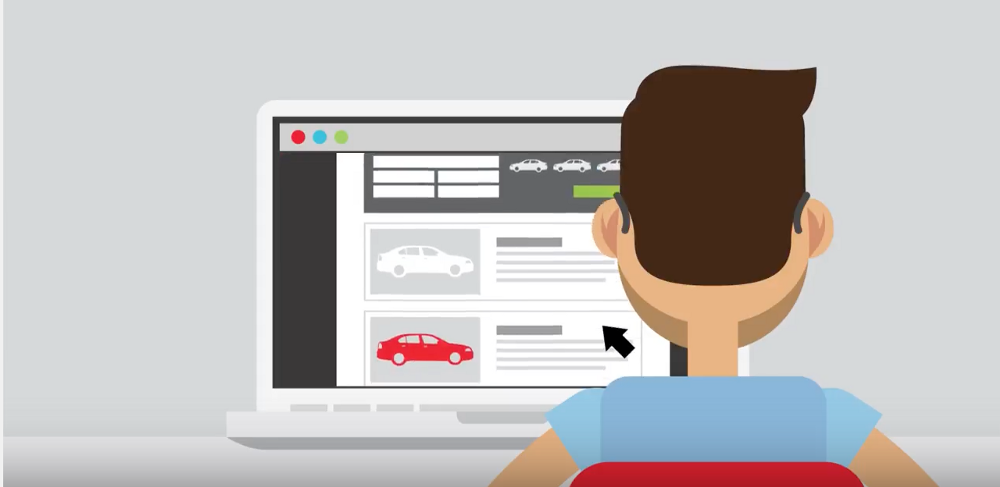
We’ve got a confession to make… We’ve got a one track mind over here at TRFFK powered by autoTrader.ca and we’re not ashamed to talk about. It’s true that we’re less interested in how many lead forms potential buyers fill out on your site these days. And we don’t get crazy excited when someone emails you to ask the price on a particular vehicle. In fact, we’re not getting all that jazzed about leads at all. Because our overriding goal (obsession, perhaps) is to get potential buyers past every possible obstacle that stands in their way, arm them with all the information they could want in order to make a decision on a car, and ensure that they get to the point of coming into your dealership ready to buy with the least amount of friction possible.
This is where the Vehicle Detail Page, or VDP, enters the stage. When an in-market shopper is looking for a specific vehicle and lands on your VDP with all the information, details, and descriptions they need to satisfy their questions, it’s game on.
At TRFFK powered by autoTrader.ca, the main metric we measure is Cost Per VDP because, unlike leads, VDPs correlate directly with actual vehicle turn times and sales. As technology evolves and shoppers become increasingly “online savvy,†they expect access to all the information they want. And they want it now! Not after a phone call to the dealership — AKA “lead.†And not after filling in that form we mentioned earlier either. Deny them all the information they want, and chances are they will go elsewhere. Consumers are increasingly making their buying decisions online, and leads have a low correlation with actual vehicle sales when compared to VDPs. VDPs, effectively, are a true indicator of final buying intent.
So what does this mean for dealerships? First off, it means that merchandising your Vehicle Details Pages well is as important as ever. By skipping key information on the page, you’re less likely to drive your potential buyer to call you for it and more likely to send him right on over to a competitor.
VDPs, effectively, are a true indicator of final buying intent.
Second, make sure everyone on your team understands why this is an important measurement, and that less old-school leads is actually a good thing, as it means you are giving your online shoppers the information they need to take the next step. Dealers who understand this well are going as far as checking all the leads that come in, noting them as an indicator of failure to provide relevant information on a VDP, and making sure they do better next time around.
Which brings us to…walk-ins! Because, let’s face it, anyone who has done their online research, found out all the information they need, and knows you have the vehicle in stock that they are looking for will, at some point, walk through your door. A 2015 autoTRADER.ca study* found that 55% of consumers arrive at a dealership unannounced, and that a third of these first time visitors are ready to make a purchase. In other words, there’s no such thing as just a “walk-in.â€
Let’s face it, anyone who has done their online research, found out all the information they need, and knows you have the vehicle in stock that they are looking for will, at some point, walk through your door.
If you need any more convincing, just look at Amazon — the absolute leaders in product page best practices. With an entire marketplace built upon the ease of upfront, helpful, buy-me-now information, nothing comes in the way of you and your purchase. VDPs are the closest you get to that product page, and the final step in an online car shopper’s journey. It’s time to start treating them with the respect they deserve!
Source: 1. TRADER Dealer Intercept (2013, 2015) 2.Dealer Intercept Research (2013, 2015)
TRFFK powered by autoTRADER.ca is the all-in-one digital advertising solution designed exclusively for the automotive sector in Quebec.



